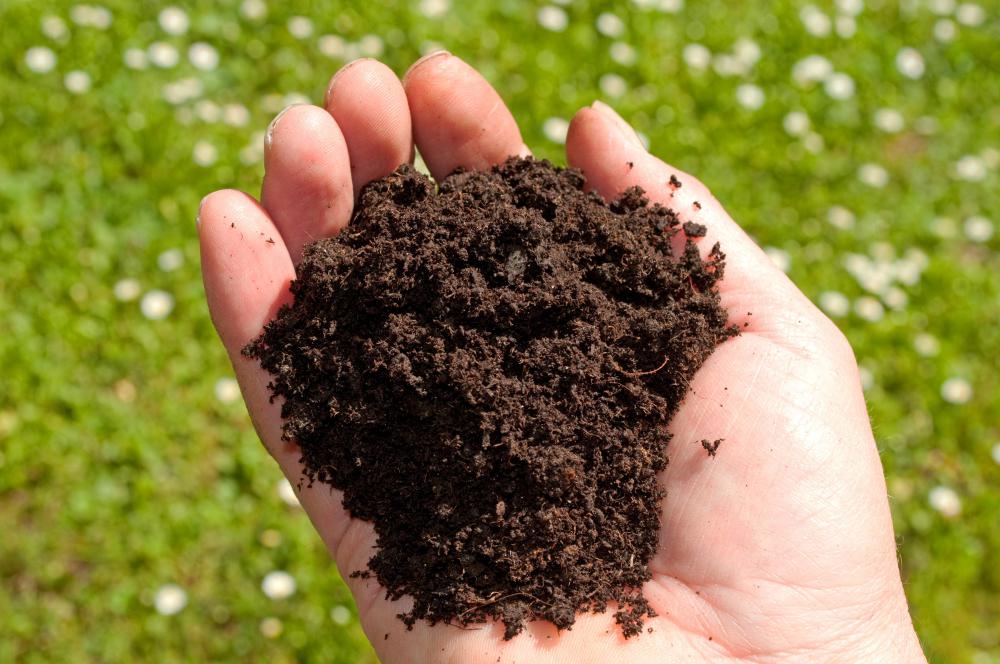At WiseGEEK, we're committed to delivering accurate, trustworthy information. Our expert-authored content is rigorously fact-checked and sourced from credible authorities. Discover how we uphold the highest standards in providing you with reliable knowledge.
What is Botanical Forensics?
Sudden plant death can leave gardeners in total disarray. Therefore, botanical forensics is often used in the garden to determine the cause of death in plants, especially those that are questionable. Botanical forensics uses botanical evidence, such as soil or plant tissue samples, in addition to close examination of the victim plant and surrounding area. This potential “crime scene” can hold important clues to the sudden cause of death.
There are many reasons for sudden plant death. Anything from unfavorable soil to pests and disease can cause a plant to die. Nutrient deficiencies, chemicals and environmental conditions can also be responsible. Botanical forensics involves narrowing down the field of possible suspects to one of two factors associated with plant death—living agents or nonliving agents. Living agents include insect or animal pests as well as disease-causing agents like fungus or bacteria. Nonliving agents are generally linked to soil, deficiencies, chemicals and environmental factors.

One of the most important aspects of botanical forensics is good research. First, the victim plant must be identified and then thoroughly researched. To narrow the field of suspects, all problems associated with the plant should be recorded. The next step includes inspection of the plant for physical evidence such as yellow leaves, bite marks, soft spots, etc. In addition to physical evidence taken from the plant, the growing site should be thoroughly examined as well.

Check the site for visible signs of insect damage. This may include webbing, cast skins, eggs, chewing spots, etc. Animal damage, especially that from rodents, should also be noted. There may signs of chewing, teeth marks, broken stems, animal tracks or even droppings. Research native insects and other wildlife creatures, gathering information on their favorite foods and habitats. Compare these findings with that of the plant and all other recorded information to further narrow down the list of culprits.
Nonliving agents, such as disease, may be more difficult to determine without lab testing. However, on close examination of the deceased plant, there may be notable signs of disease or other afflictions, such as poor nutrition or chemical damage. There may be round, discolored spots seen. The plant could be slimy in texture with a foul odor. Chemical damage may show signs of burns, browning of leaf tips, stunting of plants, gall-like growths, etc. Generally, soil samples from the site can help determine whether any of these conditions exist.
Environmental factors, which include significant changes in weather, light and temperatures can cause sudden plant death. Search the site for broken stems, bruising or damaged leaves, reduced growth, leaf drop and excessively dry or wet root systems. Again, botanical evidence along with research should narrow down possible contributing causes. Occasionally, botanical forensics is used for help in solving other crimes as well. Collected plants within a particular crime scene can be used to tell what season a crime took place, the geographical location it originated and more. Botanical forensics is an amazing science both inside and outside of the garden realm.
AS FEATURED ON:
AS FEATURED ON:












Discuss this Article
Post your comments